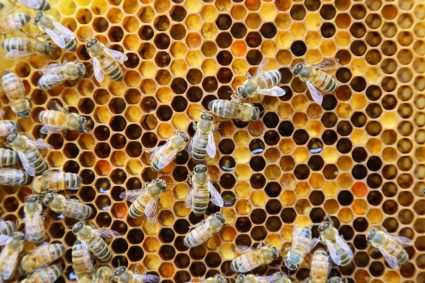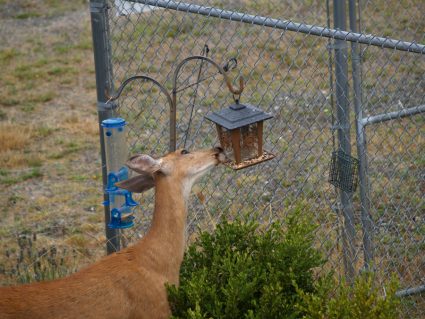
Coyotes, the native canine species of North America, have always been a subject of controversy. While some view them as an integral part of local ecosystems, others see them as a threat to livestock, game species, and even human safety. In response to these concerns, several states have implemented bounty programs, offering financial incentives to hunters and trappers who help control the coyote population. But which states have these programs? And how effective are they? Let’s delve into the details.
Several states in the US have bounty programs for coyotes, including Utah, which offers up to $50 per coyote as part of its Predator Control Program. Some counties in South Dakota and Texas also pay bounties on coyotes. In Virginia, Warren County has established a bounty of $50 per coyote. However, these programs can change over time, so it’s always best to check with local authorities for the most current information.
What is a Coyote Bounty?
A bounty, in this context, is a sum of money offered as a reward for completing a specific task – in this case, hunting or trapping coyotes. The goal of these programs is to incentivize predator control and help manage wildlife population goals. For example, Utah’s Predator Control Program offers up to $50 for each properly documented coyote killed in the state.
States with Coyote Bounties
Several states have established bounty programs for coyotes, each with its unique set of rules and regulations. These include:
- Utah: The state offers up to $50 for each coyote killed, as part of their Predator Control Program designed to protect mule deer.
- South Dakota: While not a statewide program, certain counties in South Dakota offer bounties on coyotes.
- Texas: Some counties in Texas have been known to pay bounties on coyotes.
- Virginia: Warren County in Virginia established a bounty of $50 per coyote, although many of these bounties have been abandoned or scaled back.
It’s important to note that these programs can change over time, so always check with local authorities for the most up-to-date information.
The Impact of Bounty Programs on Coyote Populations
The effectiveness of bounty programs in controlling coyote populations is a subject of debate. A survey conducted in Utah showed that nearly half of the respondents reported increasing expenditures for coyote harvest due to the bounty program. However, most turned in five or fewer coyotes for a bounty, suggesting that the program may not have significantly impacted the overall coyote population.
In South Dakota, research indicates that bounty efforts targeting small to medium-sized ground-dwelling predators can lead to unwanted outbreaks of squirrels, rats, mice, and insects. Furthermore, a six-year study published in 2011 found that coyote removal did not effectively increase mule deer populations in southeastern Idaho.
Ethical and Conservation Concerns
Coyote bounty programs have attracted criticism for a variety of reasons. Critics argue that these programs cause unnecessary suffering to animals, disrupt ecosystems, and portray hunting in an unethical manner. There is also strong public support for banning wildlife killing contests, which are often associated with bounty programs.
The Future of Bounty Programs
There are currently no specific plans for changes or adjustments to coyote bounty programs. However, given the controversy surrounding these programs and the mixed results of their effectiveness, it is possible that alternative methods of managing coyote populations could be explored in the future.
In conclusion, while certain states do offer bounties on coyotes, the effectiveness of such programs is questionable. Moreover, the ethical and conservation concerns associated with these programs highlight the need for alternative, more humane, and scientifically sound methods of managing coyote populations.
Frequently Asked Questions
What are some other methods of controlling coyote populations?
Some alternative methods of managing coyote populations include habitat modification, use of guard animals, public education, and non-lethal control methods such as sterilization or relocation.
Are there any other animals that states offer bounties for?
Yes, besides coyotes, some states also offer bounties for other animals perceived as pests or threats to livestock or game species. These can include animals like wolves, feral hogs, and even certain types of fish like the northern pike in some areas.
How can I participate in a bounty program?
To participate in a bounty program, you would need to check with your local wildlife or game department for information on any active programs, their regulations, and the process for claiming a bounty. Be aware that hunting and trapping often require permits or licenses, and all local and state hunting regulations must be followed.
Are bounties offered year-round?
The availability of bounties can vary by state, county, and even time of year. Some bounty programs may only be active during certain seasons or in response to specific population increases. It’s best to check with local authorities for the most current information.
What happens to the coyotes once they are killed?
Once a coyote is killed as part of a bounty program, it may be required to be turned into local authorities for verification. After that, it may be disposed of, used in scientific research, or in some cases, the pelts may be sold or used.












